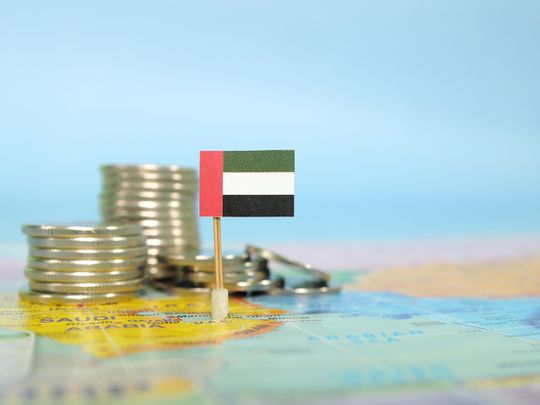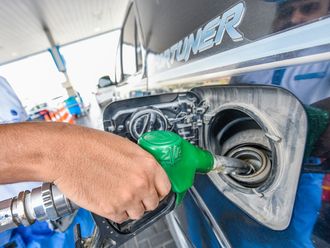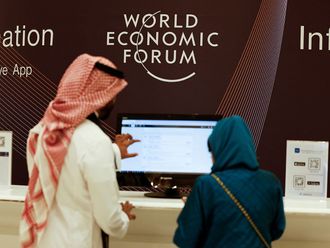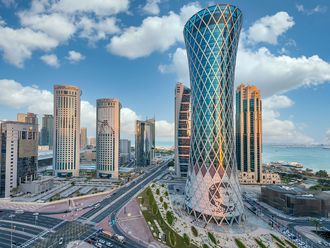
“Only a crisis, whether real or perceived, produces real change. When that crisis occurs, the actions that are taken depend on the ideas that are lying around and that is when the alternatives to existing policies that are kept alive and available make the impossible, inevitable.”
Milton Friedman’s words reverberates throughout the policy reforms the UAE embarked on in the aftermath of the Covid crisis in 2020. In a world of negative interest rates, consumption has become the forefront of economic discussion, and every effort was being made the world over to keep that part of the economy ticking along.
A policymakers in the West overplayed their hands with quantitative easing, leading to a resurgence of inflation, the focus shifted back towards total factor productivity, and investment formation.
Making productivity gains happen
While the West still struggles with boosting total factor productivity, in the UAE, nimble moves such as the Golden Visa program, privatization, judicial reforms, trade pacts with various countries through CEPAs and now, the possible extension of business licences are all about a laser-like focus on increasing domestic productivity.
Not only to leverage on the superior physical infrastructure that has been put into place, but enable a framework that unleashes per capita productivity, especially at the SME level. As a dollar peg ensures that monetary policy followed by the US implies that monetary inflation simply cannot be brought under control if quantitative easing remains the mantra.
The policy toolkit then becomes ways to shift out the production possibilities. Whether that is in new industries and/or existing ones, it manifests itself with an ‘expectations augmented’ curve that loosens and reduces ‘frictional costs’.
The goals are undoubtedly ambitious, but using the DIGNAR econometric models, the potential to double non-oil GDP growth in the next decade is clearly achievable. Part of this requires the ability to increase foreign direct investments, of which long term trade licencing liberalization plays a key factor.
Based on a study of 60 emerging economies, economists estimate that there is an average increase of 2.1 per cent in FDI increase for every 10 percent reduction in FDI restrictiveness. Which in turn has a multiplier of between 1.2-1.8x on GDP growth.
A reduction in frictional costs alongside a policy framework for longer term SME formation boosts productivity by between 0.2-0.5 per cent.
‘Golden’ extensions
Clearly, long-term golden licence schemes are part of the overall framework. While much of the details are yet to be spelt out, the impulse is clear: a clear move towards increasing competitiveness by focusing on the supply side after decadeslong narratives that preoccupied themselves with demand led economics.
The UAE has repeatedly shown in its policy initiatives of its courage to act. The Covid crisis will remain forever burnt into public consciousness, and the aftermath of the policy responses are still playing themselves out throughout the world (whether through supply chain disruptions or through the inflation genie that is out of the bottle).
What is clear is that the framework for reducing the deleterious impact of the inflationary demons was already put into place by economists such as Friedman way back in the 1960s.
In great crises, should individual firms be allowed to fail, or should they be given a framework through government intervention? That answer is pretty well decided; the broader framework to reduce the impact of failure through the increase of total factor productivity is still up for grabs.
The UAE is showing that the rate of failure can be reduced, as it jumps up the tables in terms of productivity. Allowing elongated licensing (just as it did with individuals) is just another step on this road, where the goal is to increase predictability of reforms that allows for increased productivity, rather than the zigzag approach that has been the zeitgeist in the West.
Future generations, as they traverse back through the period of the increased reforms that the UAE has embarked on, will find this constant variable that surfed the long waves of political and economic change.









